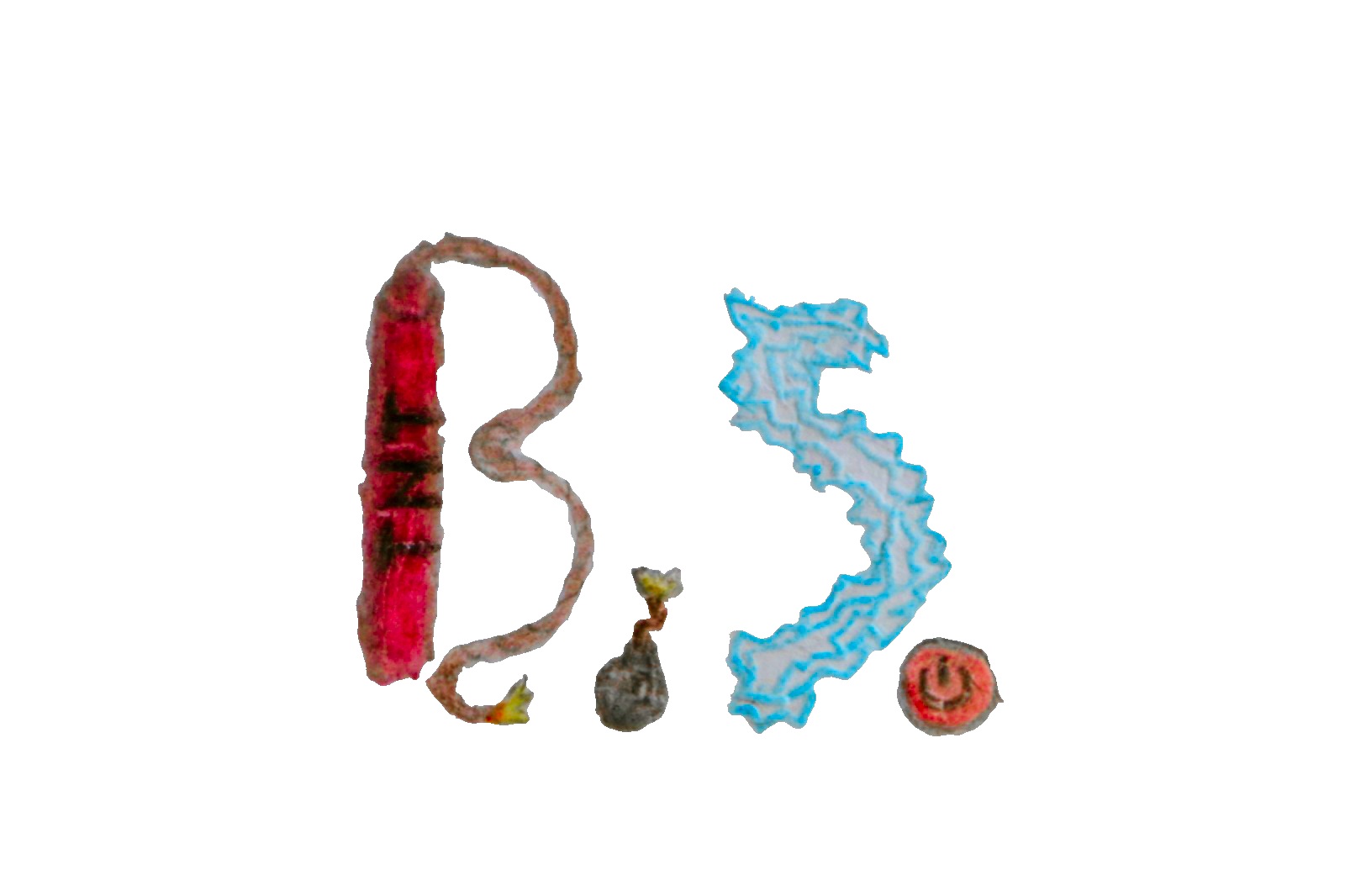Hello everyone! It’s been about a month that I’m experimenting Debian on an external disk. For the most time, I’ve been using Testing. The issue is, that some packages are missing from Testing, while they exist on Stable (or on Unstable). The biggest problem with that is that some packages require dependencies that don’t exist on the Testing repo and as such I can’t install those apps.
So, I thought about adding the Stable repo, at a lower priority. If something doesn’t exist on Testing, it will grab it from Stable.
How bad is that approach? I’m not doing the reverse (using stable and grabbing apps from testing), which might be way worse. Does anyone else do that? I couldn’t find anything related online.
PS. I’m a bit tempted to switch to Unstable all together, but I don’t know if I’ll be careful enough to use it in the long run.
PPS. I might build a home nas at some point (with Debian Stable) and keep regular backups of my laptop so that I’ll be kinda safe if I ever switch to Unstable.


Storage wasn’t my biggest issue (besides, I have 1tb internal ssd). It was that flatpaks couldnt communicate well with the rest of the environment. So I resorted to using flatpaks mainly for closed source apps that I wanted to isolate.
BUT, as I was making a script (https://github.com/BlastboomStrice/3rdPartyAutoUpdater) to automate github/gitlab/etc. updates (because the debian repo doesnt have them or they are outdated), I realized that I was essentially making a small scale version of nixos package manager.😆
So, now I’m very tempted to use the nix package manager and maybe do a full switch to NixOS (I’m not very advanced though, I havent even tried Arch, so ughh).
My mood concearning what distro to use on my laptop is rather volatile😅
You could always go for a Debian stable host as long as it supports your hardware and then use kvm/qemu to run virtual distros and see which one fits you the best.
I still havent transitioned to debian (still have win10 as main), I’m just booting to them from an external drive, so I can simply wipe the root partition any time I want to try a distro :)
Once I settle with a distro and manage to set it up the way I want, I will probably fully switch to linux (and maybe keep an image of my win10 os to run in a vm)